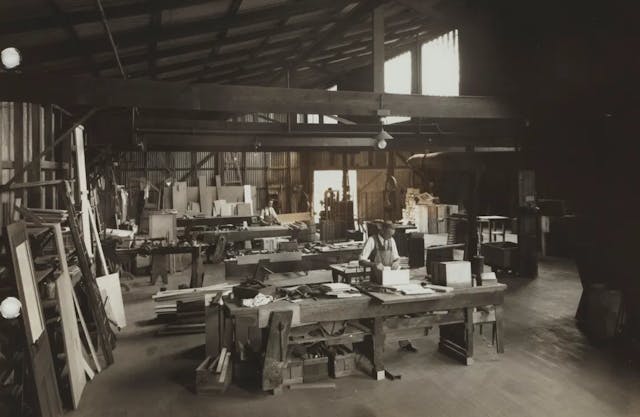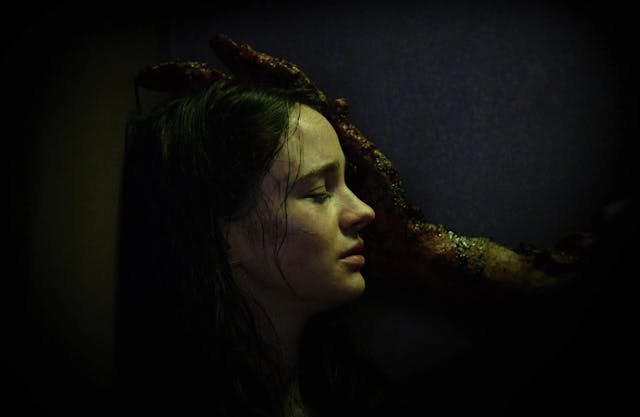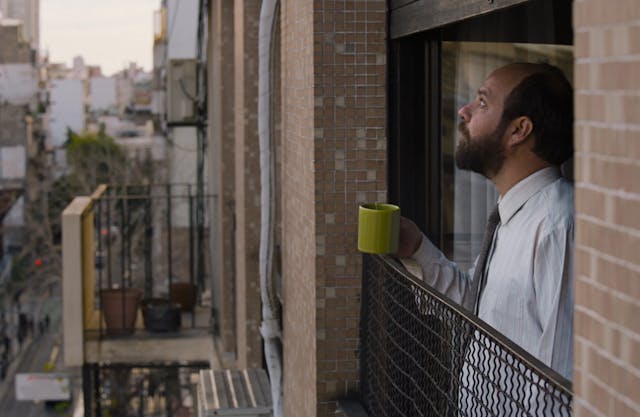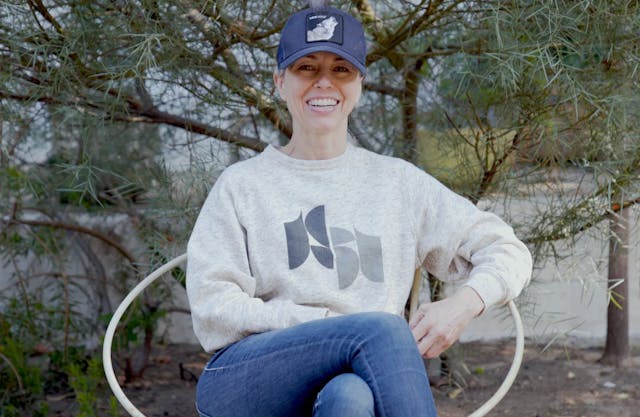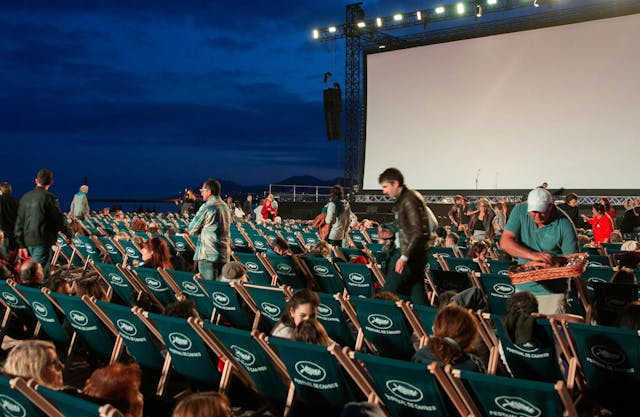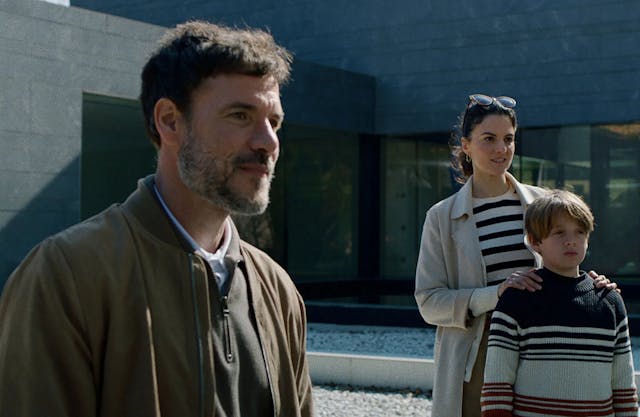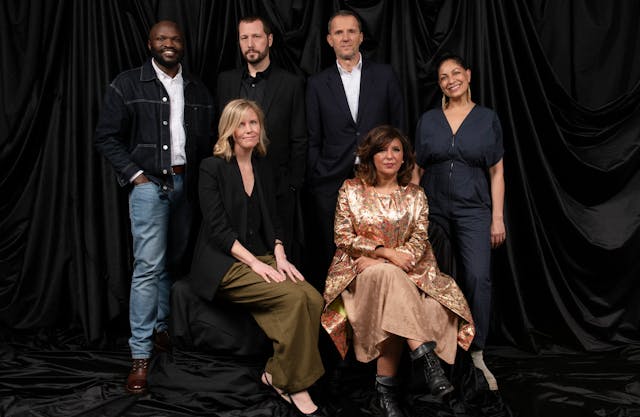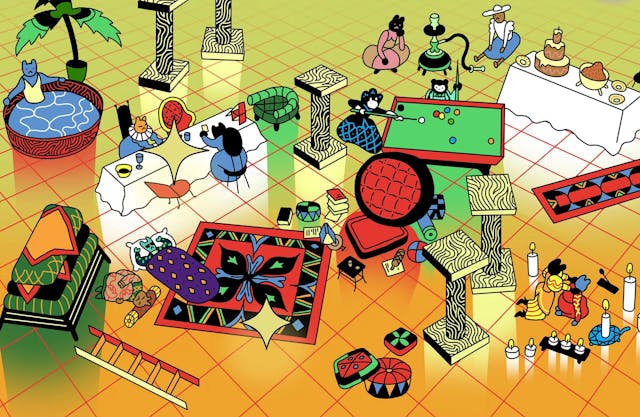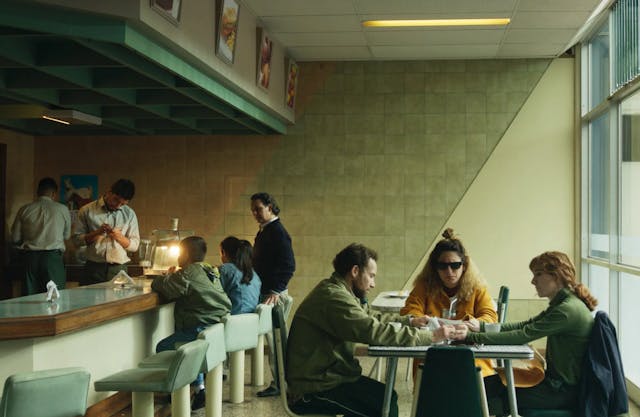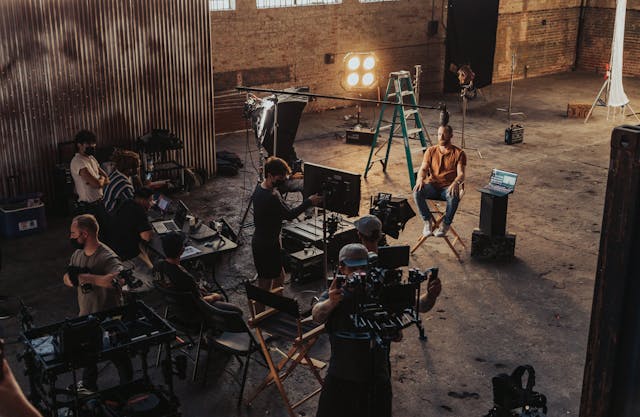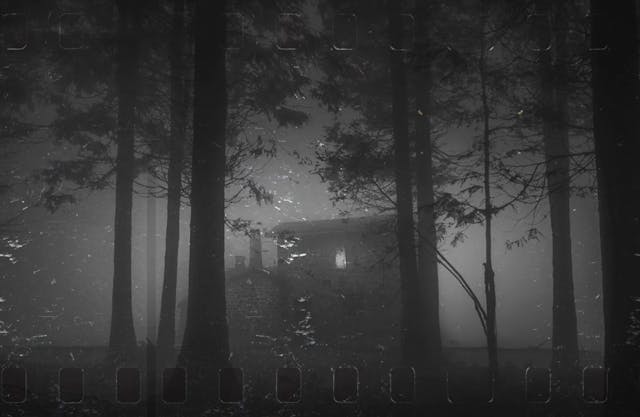Lost Film Found: The Secular Miracle of Nancy Savoca's “Household Saints”
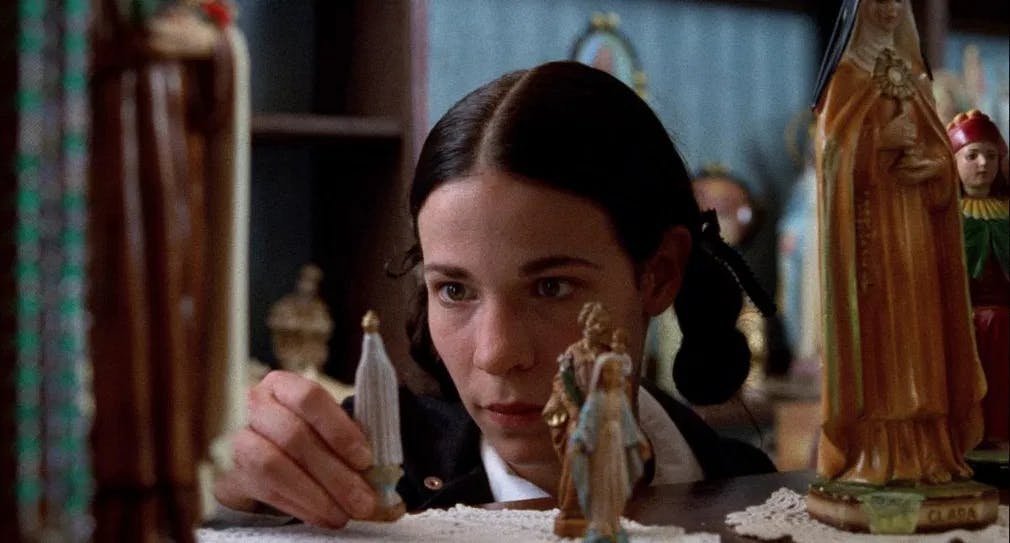
Saint maybe: Lily Taylor sets her own private altar in "Household Saints." / Photo courtesy of Kino Lorber.
Wouldn’t it be nice to have all the movies ever made at your beckon? That was the promise of the streaming revolution, but by now, we know it was too good to be true. It’s not just grotty licensing agreements, copyrights, and plain old greed that keep movies off the radar. Most of them are extinct. Experts calculate that half of the American films made before 1950 and up to 90 percent of those made before 1929 are effectively lost.
Part of the problem lies in the cinema's actual origin. For decades, the industry used nitrate-based film, which was extremely volatile. Add to this a lack of interest in preserving movies, and it's a miracle the whole thing did not combust into oblivion. Studios and distributors used to think of film as a disposable commodity, barely worth keeping around for a second run in small markets. At best, prints would circulate until wear and tear left them in shreds.
Technological advances helped to stave off the great extinction. In the 40s, television revealed itself as a valuable ancillary market for movies once they completed their theatrical runs, offering a monetary incentive for the studios to keep movies around. In 1949, studios began to use acetate-based film, which was more stable. So far, so good. Right? No. Accidents and natural disasters wiped movies into oblivion, like a 1965 fire at the MGM film vault that destroyed, among many others, “London After Midnight.” The 1927 film features Lon Chaney, and it was directed by Todd Browning. It is one of the most coveted lost films ever.
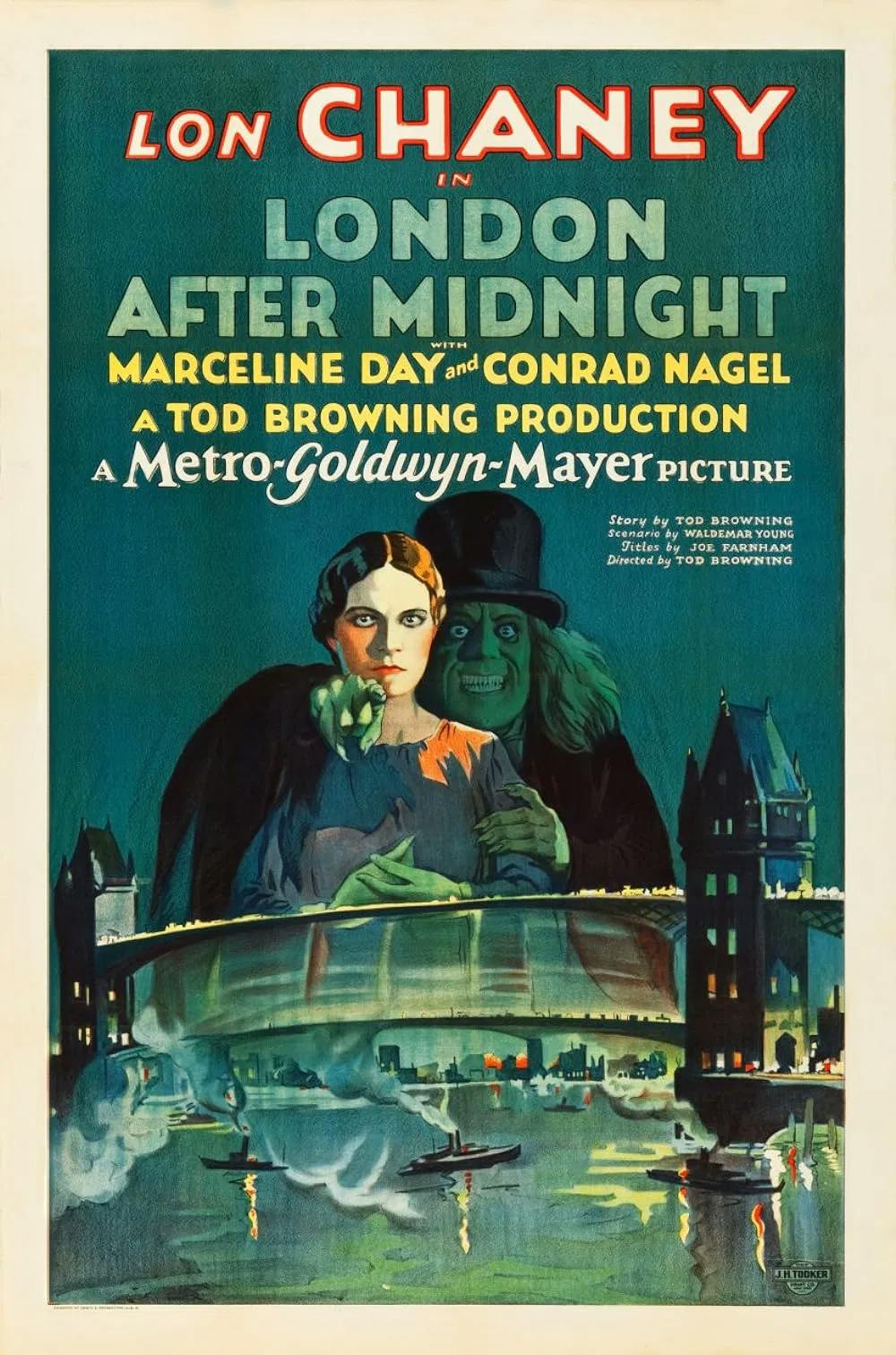
You can’t deny the destructive power of fire, but there is a more sustained threat to movies. Preservation depends on the will and resources of the copyright holders, that is, studios and distribution companies that foot the bill for their making. They are more keen to invest in saving a blockbuster that proved profitable at the box office than anything else. The evolution of film companies, getting opened and closed, sold and bought, adds another layer of complication. Expand the scope outside of the boundaries of the US industry, and you are facing an existential threat to the whole art form.
The Secret Lives of “…Saints"
If you think contemporary cinema is not vulnerable to this sorry state of affairs, you would be wrong. Let’s consider the case of “Household Saints.” New York filmmaker Nancy Savoca and creative partner - and husband - Richard Guay are touring the US presenting the restored version of the film, courtesy of Milestone Films and Kino Lorber. We attended their presentation at the University of Miami’s Cosford Cinema. The screening and following Q&A only seem like a regular night at the Art House. It’s something of a miracle.
Savoca was one of the few women who starred in the Indie movie Revolution of the Nineties. Fresh off film school at NYU, she broke through with “True Love” (1989), a romantic comedy about a young Italian American couple getting cold feet before their wedding. It put Savoca on the map and launched the careers of actors Annabella Sciorra and Ron Eldard. Her follow-up, “Dogfight” (1991), starred River Phoenix at the peak of his stardom and Lily Taylor.
Taylor worked again with Savoca on her third feature film, “Household Saints.” Based on Francine Prose’s novel, the film adaptation was a labor of love for the writer-director. She was a 20-year-old college student when she first read the book. “I wrote Francine Prose a love letter, and I told her how much I loved it. I told her, ‘I'm in film school right now, but one day, I want to make a movie of your story.’ I just had to express that…Years later, we meet up with her to say, ‘Finally, we’re! We would love your permission to take this film out and raise money to make it. She still had the letter.’
With Prose’s blessing, Savoca and Richard Guay—her coproducer, cowriter, and husband—set out to write the script and shop the project around. Even with the clout provided by two solid indie hits, it was not easy.
Praying at the Altar of Storytelling
As you watch the movie, you can’t help but think they don’t make them like they used to. “Household Saints” is a rich, dramatic comedy, insightful about the Italian-American experience, and curious about the spiritual life of its characters. The movie begins telling the love story of butcher Joseph Santangelo (Vincent D’Onofrio) and fiesta wallflower Catherine Falconetti (Tracey Ullman), who get married after her father, Lino (Victor Argo), bets her hand in a game of pinocle. He takes her home, much to the chagrin of his old-world mother, Carmela (Judith Malina). At the halfway point, the focus switches to their daughter Teresa (played as a child by Rachael Bella and a young woman by Lily Taylor). From an early age, Teresa dedicated her life to Jesus, just like St. Teresa did before her. Her father’s resistance and the earthly delights of an affair with an ambitious law student (Michael Imperioli) hinder her saintly efforts.
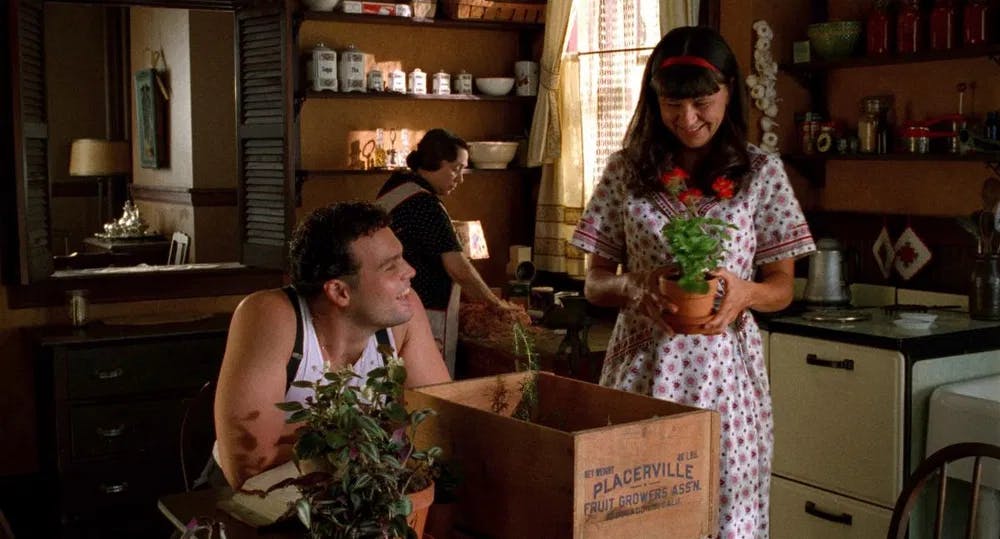
Newlyweds' love nest: Judith Malina, Vincent D'Onofrio, and Tracey Ullman build a family in "Household Saints." / Photo courtesy of Kino Lorber.
Once you finish the movie, it becomes clear that it was, and remains an outlier. It’s a challenging narrative experiment. “Before it was made, people didn’t understand the story or what it would be like. It made people nervous,” says Savoca. The first half is a warm, welcoming romantic comedy with magic-realism touches that hint at something darker. The second half is a rather straight drama about faith and madness. Both halves are united by a subplot centered on Catherine’s brother, Nicky (Michael Rispoli), an opera fan whose love for opera and “Madame Butterfly” leads to fetishizing Japanese culture and Asian women.
“American companies liked the first half, with the crazy grandma,” adds Guay. “European companies liked the second half, with the saints and all that stuff. But nobody liked the two of them together. No one saw it as a single movie.” Enter producer Ira Deutchman, who had founded Fine Line Features in 1991, a boutique Art House label under New Line Cinema. “Ira said something I’d never heard any executive say ever again, ‘I don’t understand this movie, but I trust the director.’” Director Jonathan Damme, who by then had already won the Academy Award for “The Silence of the Lambs” (1991), was another of the movie’s champions. He signed up as executive producer. But not even that kind of pedigree guaranteed survival.
The movie opened on September 15, 1993, to good reviews. According to Box Office Mojo, it made over $700 thousand in the US. There is no information on its foreign box office, but it was sold to several markets in Europe, Latin America, and Asia. It earned Lily Taylor the Best Supporting Actress Prize at the 1994 Independent Spirit Awards. D'onofrio was nominated for Best Male Lead Actor. Savoca and Guay were in the running for Best Screenplay. Columbia TriStar Home Video put out a VHS edition for home video. "The film never made it to DVD," says Guay. "No one ever calls you to tell you why. You assume they don't see value in it and move on to the next project...It used to play a lot on TV for Easter, for some reason, but then that stopped."
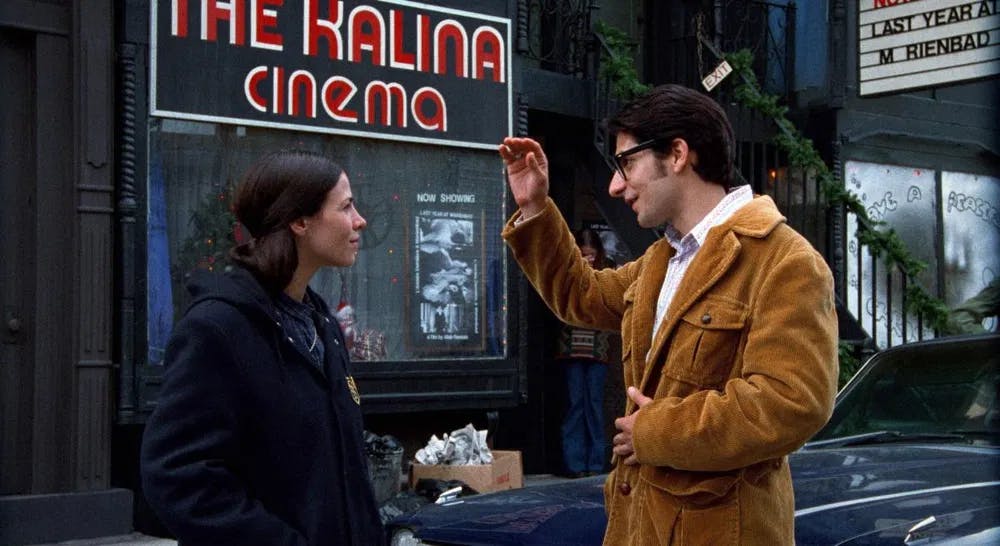
Never take a first date to see "Last Year At Marienbad": Michael Imperioli romances Lily Taylor in "Household Saints." / Photo courtesy of Kino Lorber.
Restoration Blues
Deutchman was instrumental in the rescue of “Household Saints.” in 2017, the executive called Savoca and Guay. He wanted to screen the movie, but no home video version was available - the last available edition was a hard-to-track VHS tape -. Years ago, the filmmakers had received by mistake a set of 35-millimeter prints from a film festival that mistakenly sent them to their home after closing down. They gave the prints to the UCLA Film Archive. “A film archive is climate controlled. You can’t put them in the attic or the basement,” says Savoca.
But once the archivists checked the printed, they discovered they were useless. “Multiple reels were damaged, and they couldn’t be screened. That meant that, as far as we were concerned, we had only a VHS cassette.” This is where the business' history of musical chairs comes into play. One needs to put on a Sherlock Holmes cap to track down the rights of a movie. As a subsidiary of New Line Cinema, Fine Line Features ended under the umbrella of Warner Bros., which acquired the whole package in 2008.
Guay called Warner Bros. archive and got a sobering reality check. “The guy who picked up the phone at the vault said, ‘We don’t have the rights to that anymore, so we don’t have the materials.’ And I said, What happened to them? Do you know where they are?’ And he said, ‘I don’t know, destroyed, probably.’ And that was that.” Adds Savoca, “Many filmmakers like us always assumed that the studio would keep it forever and ever…at that point, we started asking around to see if anybody had a copy of a print or something, and nobody had a print."
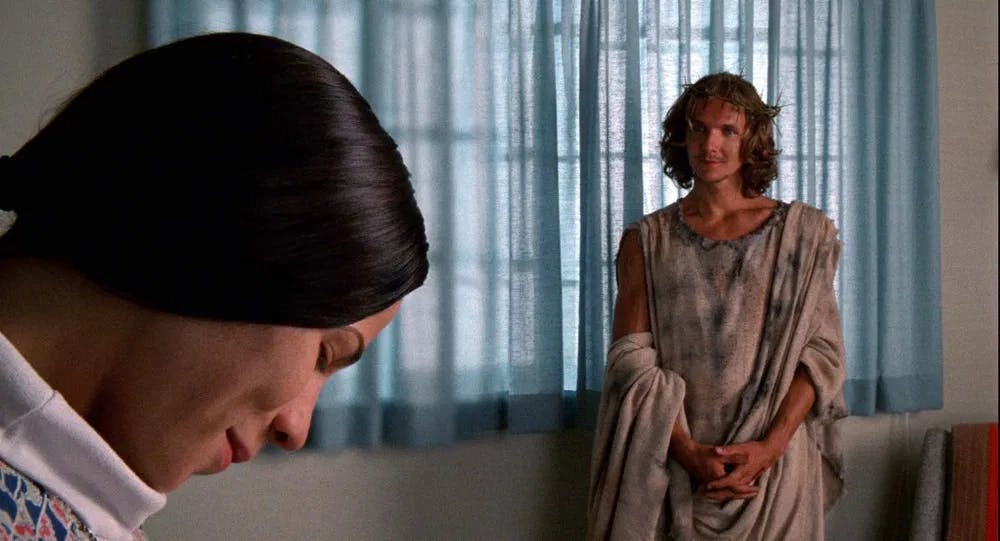
Jesus, take the wheel: Taylor gets a visit from the Son of God himself (Sebastian Roche) in "Household Saints" / Photo courtesy of Kino Lorber.
Enter Ira Dutchman, again, who, at Guay’s request, made a last attempt to track a copy through his contacts. After he got in touch with a studio creative at Warner Bros, Guay got a call from an unknown number in Burbank. “It was a Warner Brothers extension. The person on the other end said, ‘You called about Household Saints? We got 120 boxes. Where do you want them?’” Prints and elements were shipped to the University of Michigan, which holds Savoca’s archives. So far, so good. However, filmmakers needed the copyrights if they wanted to do anything more than screen the movie for their own pleasure.
And who owned “Household Saints” after Warner's claim lapsed? Well, Jones Entertainment Group. “It was a company formed by a cable operator out of Denver, Colorado. He had made a lot of money and decided to dip his toe and invest in films. This was very common in the 80s and 90s. Doctors, dentists and lawyers, all kinds of people were investing in this market,” says Guay. Many American indie classics have seen the light of the projector thanks to this sort of alternative financing, from legendary horror classic “Carnival of Souls” (Herk Harvey, 1962) to post-millennial sleeper hit comedy “Napoleon Dynamite” (Jared Hess, 2004).
A friend of the couple, producer Maggie Renzi, provided the last piece of the puzzle. She is the creative partner and life companion of director John Sayles. As the producer of his films, she tracks down the copyright holders to all their movies to secure control over their distribution - and their survival. She found the heirs of Jones Entertainment Group in an effort to buy back the rights for Sayles’ “The Secret of Roan Inish” (1994), another indie they had financed in their brief sojourn in Hollywood. Guay made the call that brought this adventure to a happy ending. “I had a phone number, and it was a state lawyer in Colorado Springs. He said, ‘What? There’s another one?’ They had no idea they had bought this movie.” Savoca and Guay managed to buy back the rights, and now they own it. Milestone and Kino Lorber went on board and premiered the restoration at the 2023 New York Film Festival, the first salvo in a limited release that will lead to Blu-ray and DVD editions, with a street date of April 23, 2024.
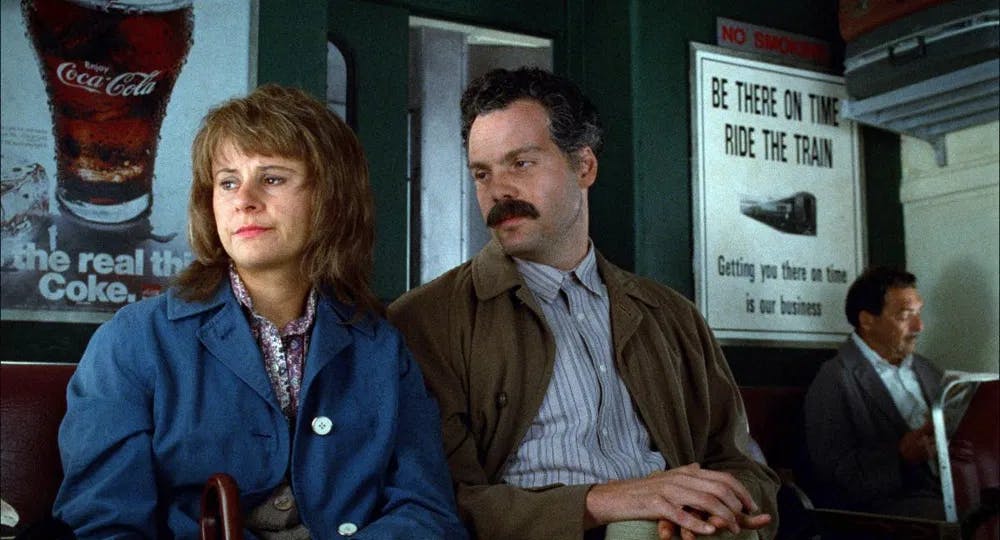
Age is nothing but a number: Ullman and D'Onofrio play well beyond their years in "Household Saints" / Photo courtesy of Kino Lorber.
Have You Seen “Missing Movies”?
Inspired and alarmed by the salvage operation of “Household Saints,” Savoca and Guay reached out to fellow indie directors in the Directors Guild of America to try to do something about the erasure of their legacy. You would be surprised at the number of films, high-profile or not, that are unavailable to watch anywhere. They found sympathetic ears in other filmmakers who have faced the same problem, like Mary Harron, whose “I Shot Andy Warhol” (1996) remains off-limits - the movie stars Lily Taylor as Valerie Solanas, the radical feminist who, yes, shot the Pop Art star. A pre-“Mad Men” Jared Harris plays the doomed artiste -. Yes, the director of the indie classic “American Psycho” (2000) and many Madonna video clips can’t re-release one of her movies. Star wattage does not guarantee anything. According to Savoca, there was only one print of Mira Nair’s “Mississippi Masala” (1991), a transcultural romance between an American man and an Indian immigrant, with Denzel Washington and Sarita Choudhury in the leading roles. It was saved just in time and restored. It is now available via The Criterion Collection.
Savoca, Guay, Deutchman, and Harron joined efforts with other filmmakers to organize a group called Missing Movies to empower artists to protect their work and promote the rescue of lost films. Their website includes a preservation guide for filmmakers, which young creatives entering the rodeo are well advised to follow to a T. Movie buffs can despair at the ever-growing list of Missing Movies they collate, which includes Elaine May’s “The Heartbreak Kid” (1972) - not to be confused with the Farrelly Brothers 2007 remake of the same Neil Simon script, starring Ben Stiller -and Julie Taymor’s hallucinatory take on William Shakespeare’s “Titus” (1999). Not everything is despair, though. Through them, you can also get notice of saved films, like Hector Babenco’s Oscar-winning “The Kiss of the Spider Woman” (1985), which is coming back soon after going through much-needed restoration work. The movie earned William Hunt the Academy Award for Best Actor in a Leading Role and featured legendary stage-and-screen actor Raul Julia. Visit the Missing Movies webpage and follow them on Letterboxd.
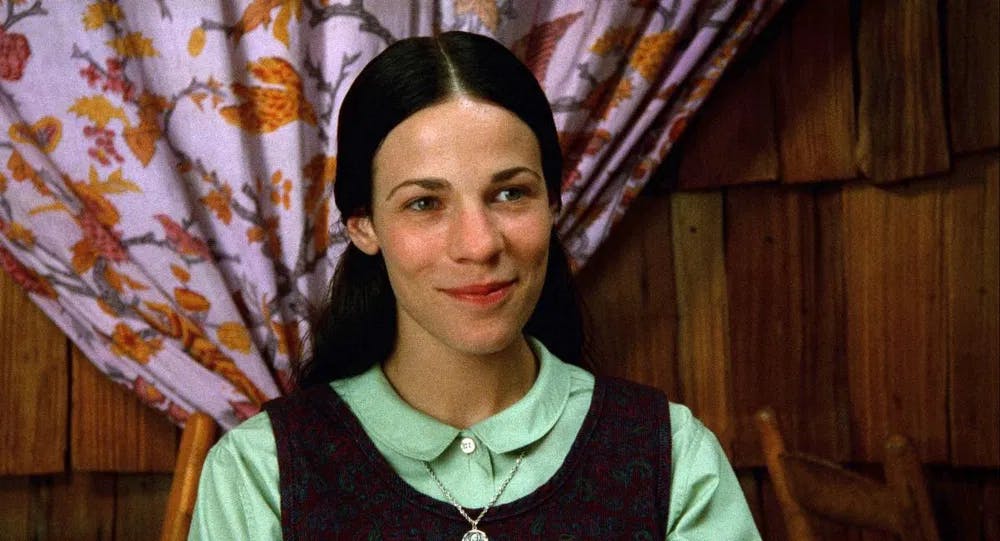
Blessed child: Taylor won the Best Supporting Actress Award at the 1994 Indie Spirit Awards for "Household Saints." / Photo courtesy of Kino Lorber.
Parting Words
If high-profile, fairly recent movies like these almost disappeared, what hope is there for older films whose value is not recognized by the market and audiences? Universities, film archives, NGOs, and foundations do valuable work in saving movies for posterity and making them available to see. What good does it do to have them only making the rounds at film festivals or just available for academic purposes? If we want to promote appreciation for cinema's history, any movie buff should have access to these productions.
Even brave individuals get in the fight, raising funds to cover restoring expenses and publishing home video editions of the movie. Case in point, the DVD of “Kidnapped” (Alan Crosland, 1917), formatted as a vintage night at the movies: it includes the 64-minute feature film based on the classic Robert Louis Stevenson novel and four shorts produced by Edison Studios. Fritzi Kramer, a tireless champion of silent cinema in social media, spearheaded the effort to create this fantastic historical document for film buffs.
If you are curious about Savoca's work, you are in luck. Besides Kino Lorber's upcoming home video edition of "Household Saints," they are putting "True Love" out on the same street date. Criterion will soon add "Dogfight" to its collection.
Want to get an email when we publish new content?
Subscribe today